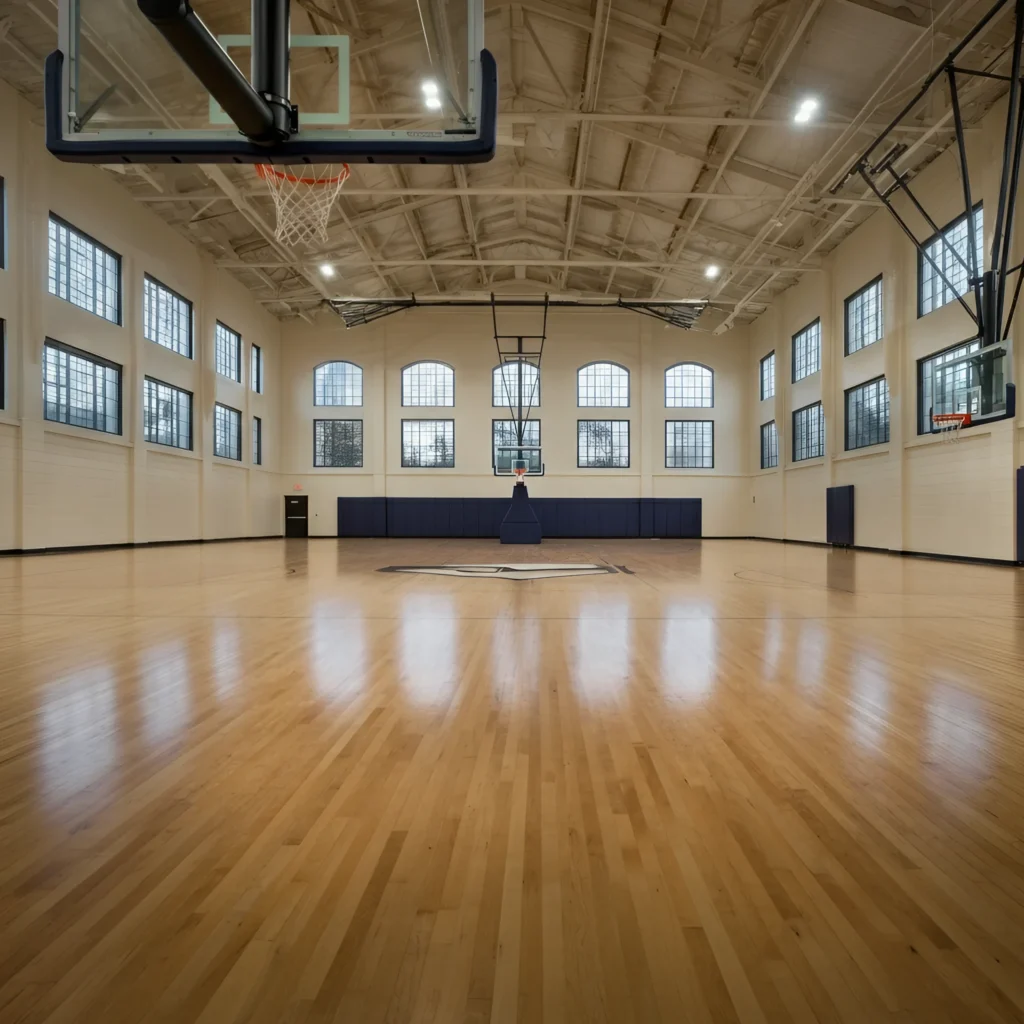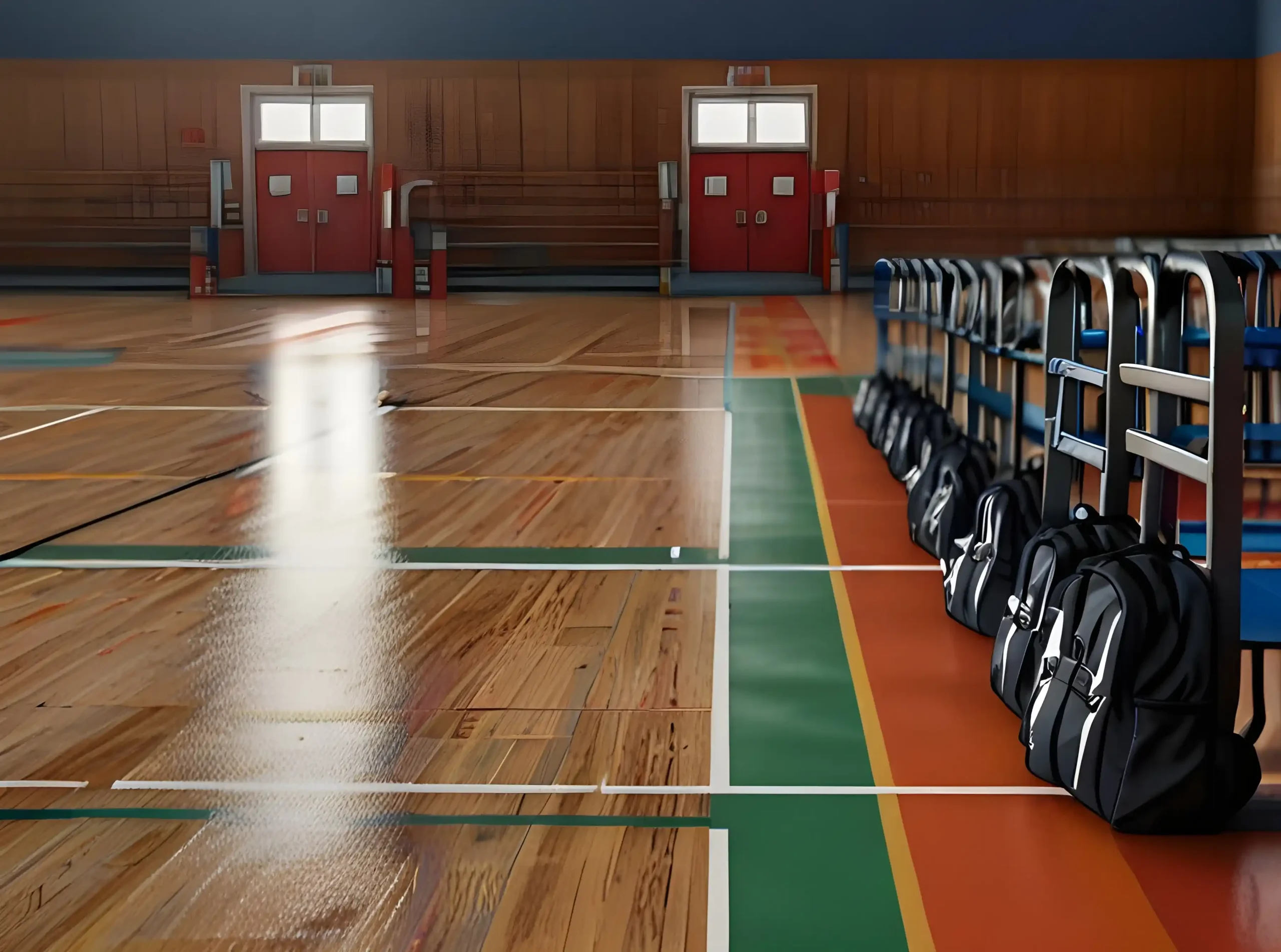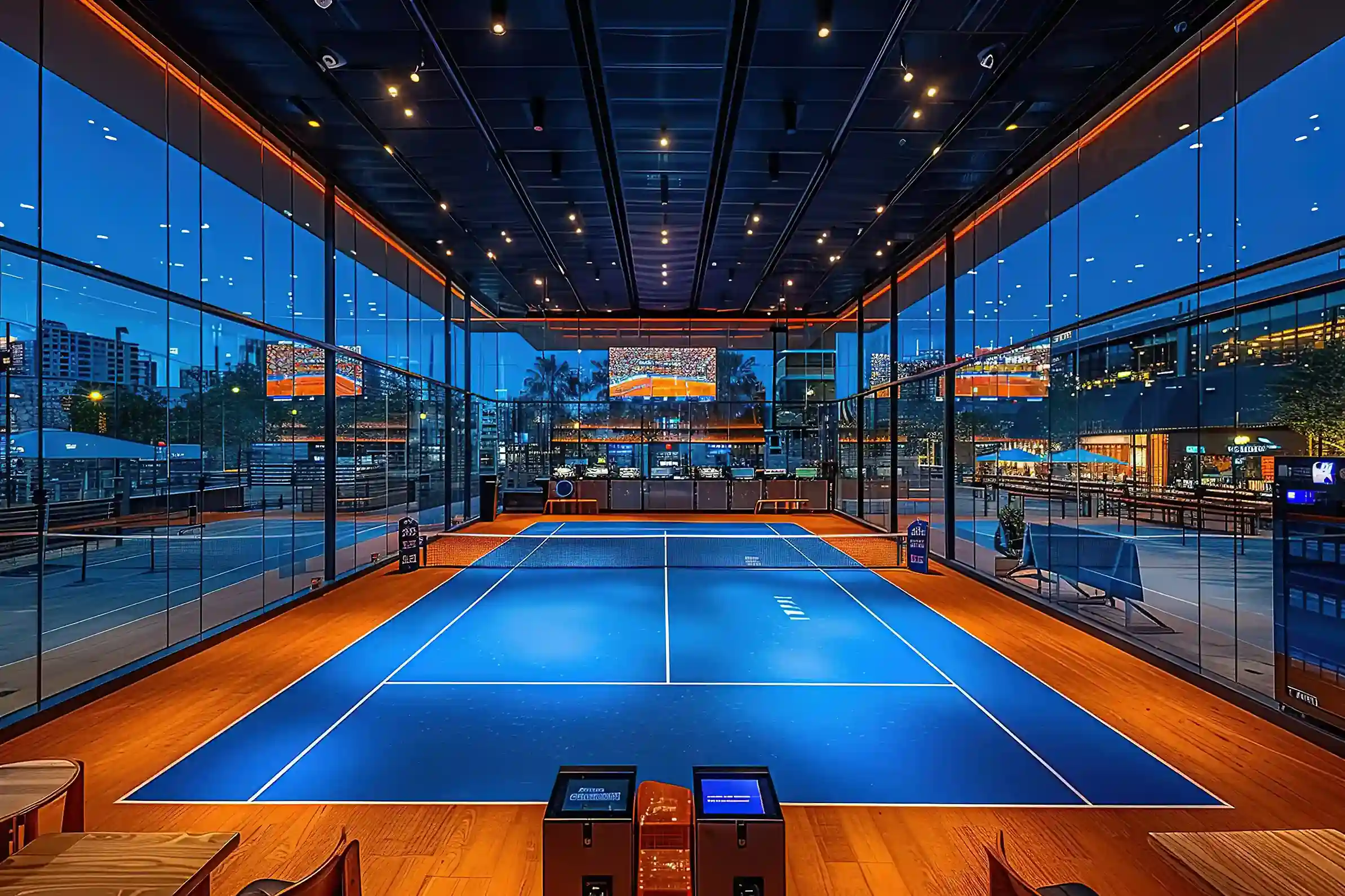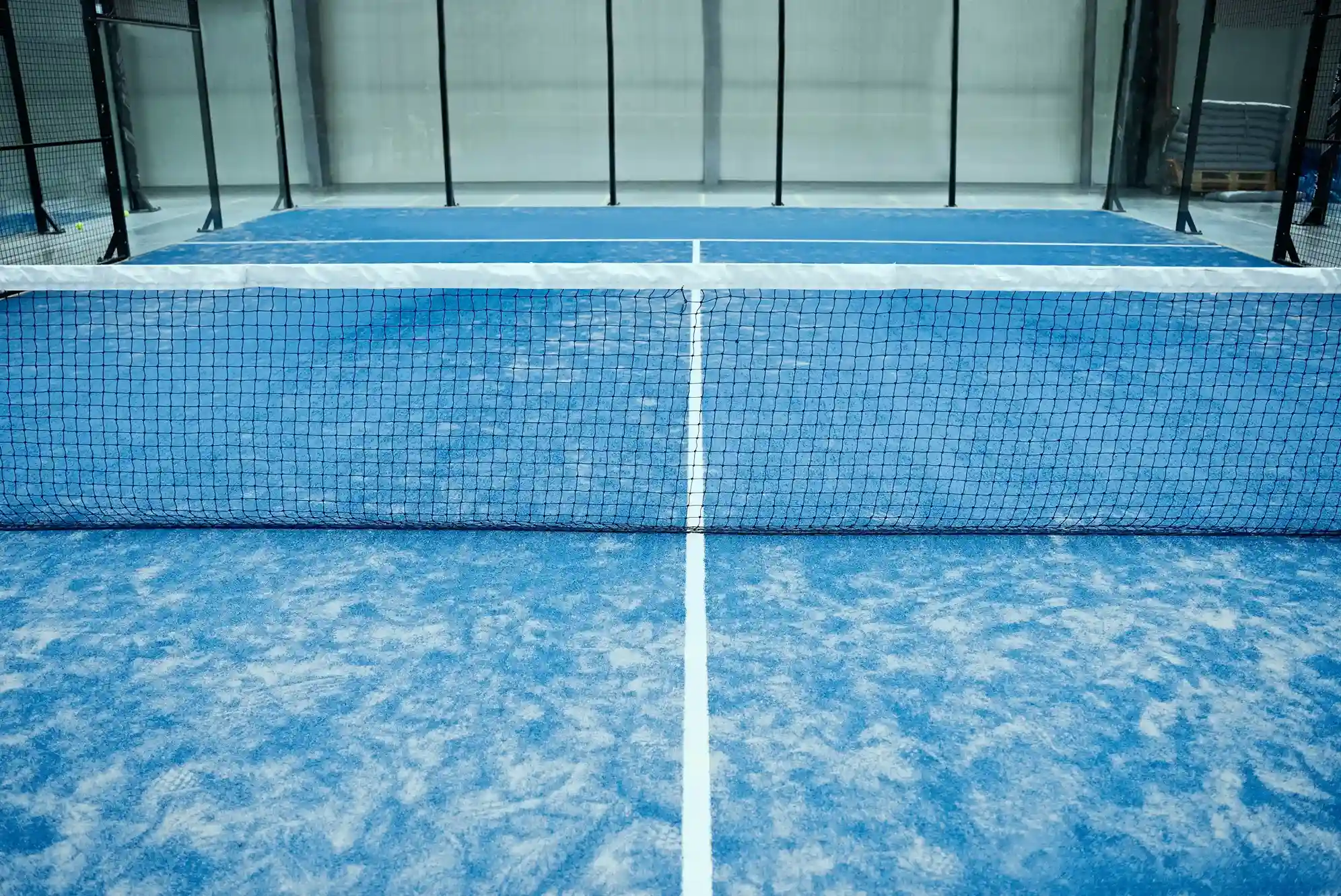A slippery gym floor can turn a routine workout or game into a serious safety risk. Athletes need stability, and a floor that lacks grip can lead to unexpected slips, falls, and even injuries. But why does this happen, and what can be done to fix it? Many factors contribute to gym floor slipperiness, and not all solutions work the same way.
The key lies in choosing the right sports floor supplier. But how do you know which one is best?
Keep reading to discover what makes a gym floor safe, the common mistakes to avoid, and how the right supplier can provide the perfect solution.
What Causes Gym Floors to Become Slippery?
Gym floors can become slippery for several reasons, and understanding the cause is the first step in finding the right solution.
One of the most common culprits is moisture buildup, whether from high humidity, spilled water, or sweat accumulating over time. When moisture seeps into the floor or sits on the surface, it reduces traction and makes movement unsafe.
Another major factor is dust and dirt accumulation—tiny particles settle on the floor, creating a thin, slippery layer that athletes may not notice until it’s too late. Overuse of floor polish or wax can also contribute to slipperiness. While these treatments are meant to enhance the floor’s appearance, applying too much or using the wrong product can make the surface too smooth.
Lastly, wear and tear over time can degrade a gym floor’s grip, especially if it wasn’t designed with slip-resistant materials in the first place.
The good news?
Each of these issues can be addressed with the right maintenance and, most importantly, the professional sports floor supplier who offers high-quality, non-slip flooring solutions.
How Can the Right Sports Floor Supplier Solve This Problem?
The right sports floor supplier plays a crucial role in eliminating slipperiness and ensuring a safe, high-performance gym environment. A reputable supplier doesn’t just sell flooring—they provide customized solutions designed to address the specific challenges of your facility.
Keep reading to know how the right supplier can solve the problem of slippery gym floors:
1. High-Quality, Slip-Resistant Materials:
Not all gym floors are created equal. A top-tier supplier offers advanced flooring materials with built-in slip resistance, ensuring athletes can move confidently without the risk of slipping. These materials often include textured surfaces or coatings designed to enhance grip, even in high-moisture conditions.
2. Expert Consultation and Assessment:
Every gym has unique needs, and a professional supplier begins by assessing your facility’s flooring issues. They identify factors like humidity levels, cleaning practices, and wear patterns that might be contributing to slipperiness.
Based on this assessment, they recommend the best flooring type (whether it’s rubber, vinyl, or specialized hardwood) with the right level of traction for your activities.
3. Anti-Slip Coatings and Treatments:
If your current gym floor is becoming slippery due to wax buildup or wear, a supplier can offer non-slip coatings that enhance grip without damaging the floor’s surface. These treatments are designed to create a durable, textured layer that prevents slips while maintaining the floor’s smoothness and professional look.
4. Proper Installation and Maintenance Guidance:
Even the best sports flooring can become slippery if installed incorrectly or maintained poorly. A trusted supplier provides professional installation services to ensure proper fitting, surface leveling, and material bonding.
Additionally, they offer maintenance guidelines, advising on the best cleaning products, proper moisture control techniques, and how to avoid common mistakes like over-polishing.
5. Long-Term Flooring Solutions for Different Sports:
Different sports require different flooring properties. A basketball court, for instance, needs a balance between grip and smoothness, while a weightlifting area benefits from rubberized flooring with maximum traction.
A professional supplier helps select the best flooring option for your gym’s primary activities, ensuring long-term safety and durability.
6. Ongoing Support and Upgrades:
The right supplier doesn’t just install and walk away. They offer long-term support, including regular inspections, flooring upgrades, and solutions for wear and tear. If your gym experiences increased foot traffic or new usage demands, they can suggest enhanced flooring options that prevent slipperiness while improving overall performance.


What Features Should You Look for in Sports Flooring?
Choosing the right sports flooring is essential for safety, performance, and durability. Not all gym floors are created equal, and the wrong choice can lead to slippery surfaces, premature wear, and even injuries.
Some of the key features to look for when selecting the best flooring are discussed below:
1. Slip Resistance for Safety:
One of the most important factors is traction. The flooring should have a non-slip surface that provides a firm grip for athletes, preventing accidental slips and falls. Look for materials with built-in textured finishes or anti-slip coatings that enhance stability, even in high-traffic or humid conditions.
2. Shock Absorption and Impact Protection:
Sports flooring should help reduce the strain on joints, knees, and ankles by absorbing shock. Materials like rubber, cushioned vinyl, or engineered wood are designed to minimize impact, lowering the risk of injuries during high-intensity activities like basketball, volleyball, or weightlifting.
3. Durability for Long-Term Use:
A good gym floor should withstand constant foot traffic, heavy equipment, and high-impact movements without deteriorating quickly. High-density rubber, premium hardwood, and multi-layered synthetic flooring are known for their resilience, ensuring a long lifespan with minimal maintenance.
4. Moisture and Humidity Resistance:
Excess moisture is one of the main culprits behind warped, damaged, or slippery gym floors. Look for flooring options that are water-resistant or come with protective coatings to prevent moisture from seeping in. Vinyl, polyurethane-coated wood, and rubber flooring are excellent choices for humidity-prone environments.
5. Easy Maintenance and Cleaning:
A sports floor should be easy to clean, maintain, and repair. Low-maintenance surfaces reduce the need for frequent deep cleaning or refinishing. Choose flooring that resists scuff marks, stains, and scratches while requiring only simple cleaning routines to maintain its quality.
6. Multi-Sport Compatibility:
If your facility hosts multiple sports or activities, opt for a versatile flooring solution that accommodates different movements and equipment. Modular sports flooring systems or multi-purpose synthetic surfaces can adapt to various sports, ensuring flexibility without compromising safety.
7. Compliance with Sports Safety Standards:
Professional sports flooring should meet international safety and performance standards, such as those set by FIBA, FIFA, or ASTM. Ensuring compliance guarantees that the flooring provides the right balance of grip, shock absorption, and durability for optimal athlete performance.
How Can You Maintain a Non-Slip Gym Floor?
Maintaining a non-slip gym floor requires a combination of proper cleaning, regular inspections, and the right surface treatments. Dust, dirt, and sweat can build up over time, creating a thin, slippery layer that reduces traction.
To prevent this, daily sweeping and mopping with a gentle, non-greasy cleaner is essential to remove debris and maintain grip. However, using the wrong cleaning products—such as oil-based or waxy solutions—can actually make the floor more slippery, so it’s important to stick to manufacturer-recommended cleaners.
In addition to routine cleaning, moisture control plays a crucial role in preventing slipperiness. High humidity and spills can leave floors damp, so using dehumidifiers, proper ventilation, and quick spill cleanups helps keep surfaces dry and safe. Over time, gym floors can experience wear and tear, especially in high-traffic areas.
Regular inspections for scuff marks, fading traction, or surface damage allow for early intervention, whether it’s applying an anti-slip coating or resurfacing worn-out sections.
Another key factor is proper mat placement at entry points to prevent dirt and moisture from being tracked onto the gym floor. Athletes should also wear non-marking, slip-resistant shoes to minimize the buildup of residue from footwear.
Finally, if slipperiness persists despite proper maintenance, consulting with a sports floor supplier can help identify long-term solutions, such as high-quality slip-resistant flooring materials or professional-grade surface treatments.
By following these steps, you can keep your gym floor safe, durable, and optimized for peak athletic performance.


Why Choosing the Right Sports Floor Supplier Matters for Long-Term Safety?
Choosing the right sports floor supplier is crucial for ensuring long-term safety, durability, and performance in any gym or sports facility. A well-selected supplier doesn’t just provide flooring. They offer expert guidance, high-quality materials, and tailored solutions that directly impact athlete safety and facility maintenance.
The first reason a trusted sports floor supplier matters is slip resistance. Slippery gym floors can cause serious injuries, but a reliable supplier ensures that the flooring is made from high-traction, non-slip materials that provide a stable surface for all types of sports activities. They also offer anti-slip coatings and treatments to enhance grip and prevent accidents.
Beyond slip resistance, shock absorption is another critical factor. Sports flooring should protect athletes’ joints, muscles, and bones by reducing impact stress. The right supplier will recommend shock-absorbing materials like rubber, cushioned vinyl, or engineered hardwood that minimize strain and enhance comfort.
Durability also plays a key role in long-term safety. Low-quality flooring wears out quickly, leading to uneven surfaces, cracks, and hazardous conditions. A professional supplier provides high-performance flooring that resists wear and tear, ensuring that your gym remains safe and functional for years without frequent repairs.
Additionally, the best sports floor suppliers offer expert installation and maintenance support. Poorly installed flooring can create gaps, uneven spots, or hidden weak points that increase the risk of trips and falls. A knowledgeable supplier ensures proper installation and provides ongoing maintenance advice to extend the floor’s lifespan.
Finally, a reputable sports floor supplier ensures that their products meet industry safety standards like FIBA, ASTM, or ISO certifications. This guarantees that your gym flooring is designed for optimal performance and long-term reliability.
Conclusion:
Selecting the right sports floor supplier is not just about aesthetics—it’s about ensuring long-term safety, durability, and top-tier performance. A high-quality, non-slip gym floor minimizes injury risks, provides excellent shock absorption, and withstands years of intense use.
By choosing a trusted supplier, you gain access to premium materials, expert installation, and ongoing maintenance support, ensuring that your facility remains safe and efficient for athletes and visitors alike.
If you’re looking for a reliable sports flooring solution, VMKON has the expertise and high-performance materials you need. Contact VMKON today to get a quote and take the first step toward a safer, long-lasting gym floor!
FAQs
How long does sports flooring installation take?
The installation time depends on the flooring type, facility size, and preparation requirements, but most projects take a few days to a few weeks.
Can a sports floor be customized for specific sports?
Yes, many suppliers offer custom markings, shock absorption levels, and surface textures tailored for sports like basketball, volleyball, and indoor soccer.
How often should sports flooring be maintained?
Regular cleaning, inspections, and occasional resurfacing help extend the lifespan of the flooring. Maintenance schedules vary based on usage frequency and material type.
What certifications should quality sports flooring have?
Reputable suppliers offer flooring that meets safety and performance standards, such as FIBA, ASTM, ISO, or EN certifications, ensuring reliability and durability.







